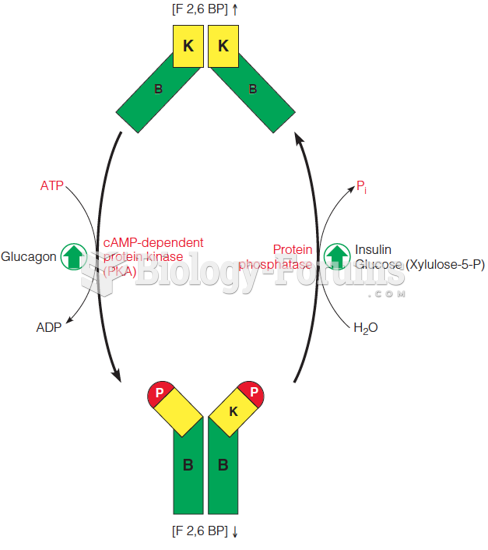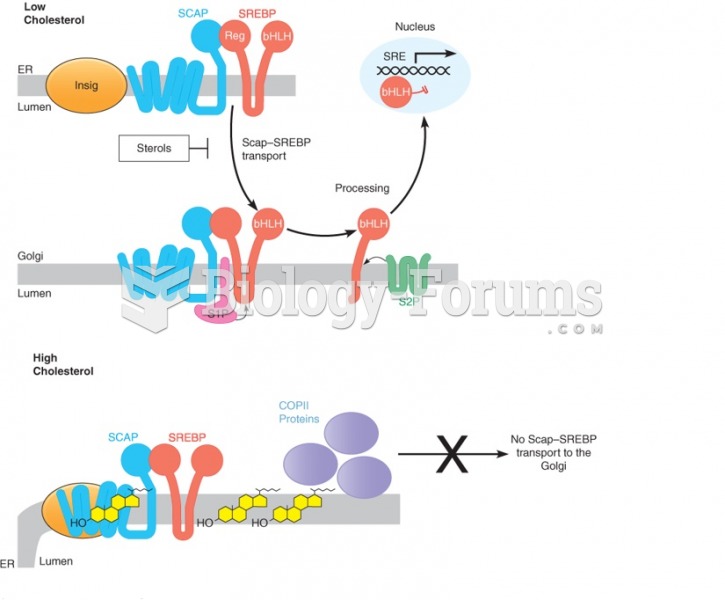Answer to Question 1
The self-regulation of advertising before it appears in the media is known as the advertising clearance process. A magazine advertisement or television commercial undergoes a variety of clearance steps prior to its actual printing or airing, including (1) advertising agency clearance, (2) approval from the advertiser's legal department and perhaps also from an independent law firm, and (3) media approval.
A finished ad that makes it through the clearance process and appears in advertising media is then subject to the possibility of post hoc self-regulation, particularly from the National Advertising Review Council (NARC). NARC is an organization formed via a partnership among several advertising trade groups and the Council of Better Business Bureau's National Advertising Division (NAD). NARC consists of three review units: the Children's Advertising Review Unit (CARU), NAD, and the National Advertising Review Board (NARB). CARU monitors children's television programming and commercials, whereas the NAD and NARB were established to sustain standards of truth and accuracy in national advertising to adults. NARB is a court consisting of 50 representatives who are formed into five-member panels to hear appeals of NAD cases when an involved party is dissatisfied with the initial verdict. NAD is the investigative arm of NARB and is responsible for evaluating, investigating, and holding initial negotiations with an advertiser on complaints involving truth or accuracy of national advertising. Cases are brought to the NAD by competitors, initiated by the NAD staff, or originate from local Better Business Bureaus, consumer groups, and individual consumers.
Answer to Question 2
d







